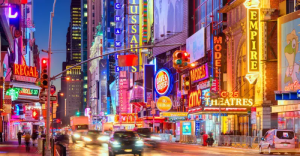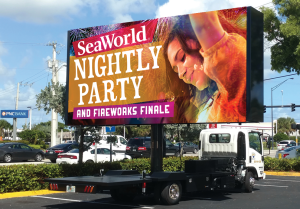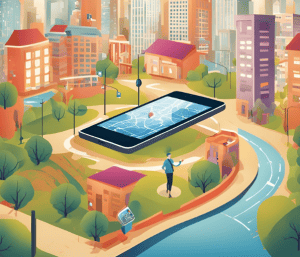Learn more about the coffee cup ad:
The nature of media and advertisement is constantly changing. The same old advertising techniques will not always work on the new generation. Today’s society is overwhelmed with the amount of ads. Increased competition in crowded markets leads to short attention span and a decline in media advertising effectiveness.
The limited attention spend leads to incredible waste in advertising efforts. In America alone, advertising expenditure is over $130 billion a year only in digital ads (1). The vast majority of digital advertising is not being viewed at all, with many marketers still failing to apply effectiveness techniques.
Large corporations started already to take actions to avoid waste of resources in advertising. As chief brand officer of Procter & Gamble, Pritchard recently issued an ominous warning that P&G would no longer waste money on digital media channels that can’t prove that customers are seeing its ads (2).
Rise of alternative advertising methods
Many smaller enterprises are urged to find innovative ways of effective advertising with limited marketing budgets. They attempted to compensate their disadvantages compared to large companies by means of unconventional ways of advertising which they adjusted fast and flexibly to changing market conditions.
Ambient media advertising is only a niche for advertising agencies of overcoming traditional methods of advertising to get the attention of consumers. Ambient media is highly effective and refers to the usage of publicity-grabbing events by utilizing contextual elements of the target groups. The placement of advertising in unusual and unexpected places often with unconventional methods and being first or only ad execution to do so. The method has been demonstrated by studies to deliver more impact than traditional adverting (3,4).
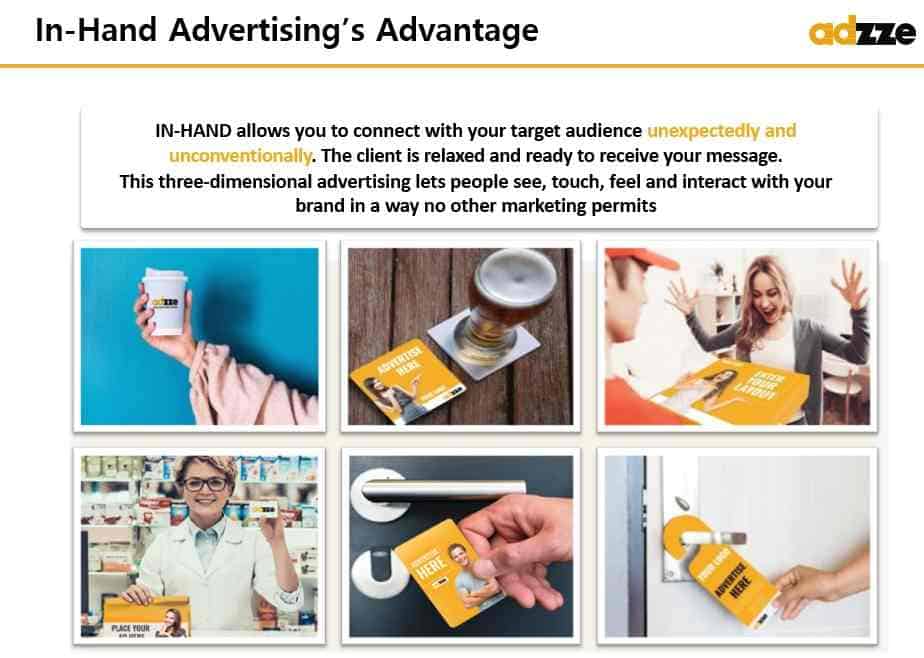
One sub-segment of ambient marketing is In-the-Hand Advertising. This concept relies on placing ads on consumables that the target audience can’t ignore as they have to take them in their hands. Such consumables can be: pizza boxes, drink coasters, pharmacy bags, hotel key cards, door hangers, dry cleaner hangers.
This article explores the costs and benefits of coffee cup ads:
Coffee Cup Ad: how does it work?
The logo and message of the advertiser are printed on sleeves that protect coffee drinkers from hot coffee. The coffee cup ads are distributed to the coffee shops the advertiser selects. Specific targeting is enabled with an in-house tool to profile the demographic profile and identify specific coffee venue addresses.
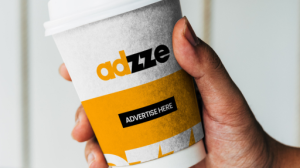
Coffee Cup Ad delivers a impact in the hand of the consumer
The reach of Coffee Cup Ad
Each venue distributes approx. 2,500 coffee cups/month, generating an estimated total of 1.7M impressions. Think this as small moving billboard that the audience will grab and carry it forward. The coffee venues deliver in the hand of the consumer generating an impact up to 70% brand lift. The advertisement can not be ignored as the consumer will grab it in their hands. On average, each coffee cup will provide 35 min of exposure since the coffee cup ads provide an additional exposure to other viewers who are in the surrounding.
The costs of Coffee Cup Ad
For purpose of comparison, consider the costs of a traditional OOH as benchmark, e.g. Billboards. The costs of billboards depends on format, circulation and demographics. Traditional billboards can cost between $14,000 and 20,000/month in larger markets reaching on average 80-100,000 drivers per month.
For the same cost, the advertiser can place its message on 50,000 coffee shops at 20 different venues during the same time.
Now compare the benefits, what would you prefer: reaching 100,000 distracted drivers (who you can’t be sure they looked at your billboard) or reaching 50,000 consumer who will literally grab your compelling message their hands?
Sources:
- US Digital Ad Spending Will Surpass Traditional in 2019
- WSJ 2018. P&G Contends Too Much Digital Ad Spending Is a Waste
- Luxton, S. What is called Ambient Advertising? Monash University. 2000
- Gambetti, R. C. (2010). Ambient Communication: How to Engage Consumers in Urban Touch-Points. California Management Review, 52(3), 34–51


